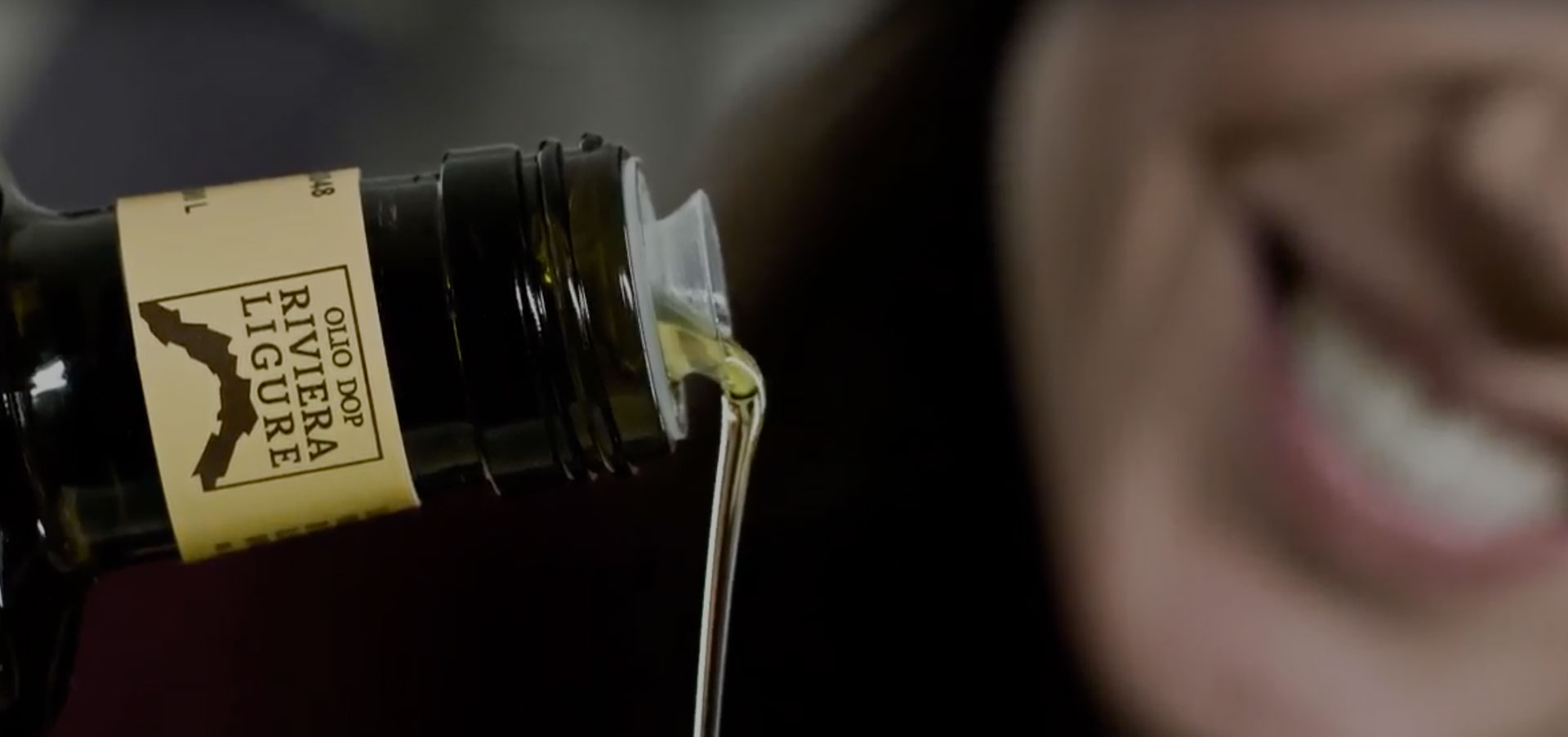
February: olive harvesting is well under way in western Liguria, this being the case of the PDO Riviera Ligure Extra Virgin Olive Oil Protection Consortium, too. For eight seasons in a row, the Consortium has been managing its own olive grove, monitoring farming methods and costs. Among the goals of this activity, to maintain quantities steady year after year – regardless of the low/high yield cycle. The target is met thanks to careful pruning and fertilisation processes. Several factors are to be taken into consideration, e.g., variables connected to weather condition and parasites. New season, new challenges, especially amidst steep Ligurian terraces. Results are steady, harvesting a constant in the last three years. After two notable yields for the 145 plants of the Lucinasco grove, 1,021 kg of fresh olives, harvested through a system of mobile nets. The operation took place on November 24th-25th, overcoming the criticalities of a rainy Autumn. A good oil yield calls for harvesting “far” from rain showers. Taggiasca average oil yield amounts to (nearly) 20%, an interesting figure when compared to previous harvesting or yields obtained elsewhere. 204 kg of oil which will be used – as usual – by the Consortium for institutional purposes. The calendar of activity is dense. Fertilisation in late February, use of copper compounds in May (veraison around the corner). Working in the open air in full safety was an answer to the ongoing pandemic, too. In July, manual mowing (no desiccants). Humid heat in Late July and October caused the (relatively weak) appearance of the olive fruit fly. The next years will be dedicated to researching (more) natural remedies to fight it. Last but not least, as for production costs – inclusive of every phase of the process (from field to mill), as well as of PDO Riviera certification. € 11.71 per kilo (oil), i.e., € 10.73 per litre, reflect the excellence of G.I.s, the fruit of hard work and commitment to quality (not to forget about precious, ancient trees. The study of the performances of the last 8 years shows an average 2,000 kg per year yield (145 trees), i.e., one “quarta” (traditional unit of measure): 12.5 kg of olives per tree. The evidence of effective management in the medium-long period. Obviously, the price of oil is higher – and this leads to considerations about the value of quality.
PRODUCTION AND COSTS: THE STATISTICS OVER THE LAST EIGHT YEARS















